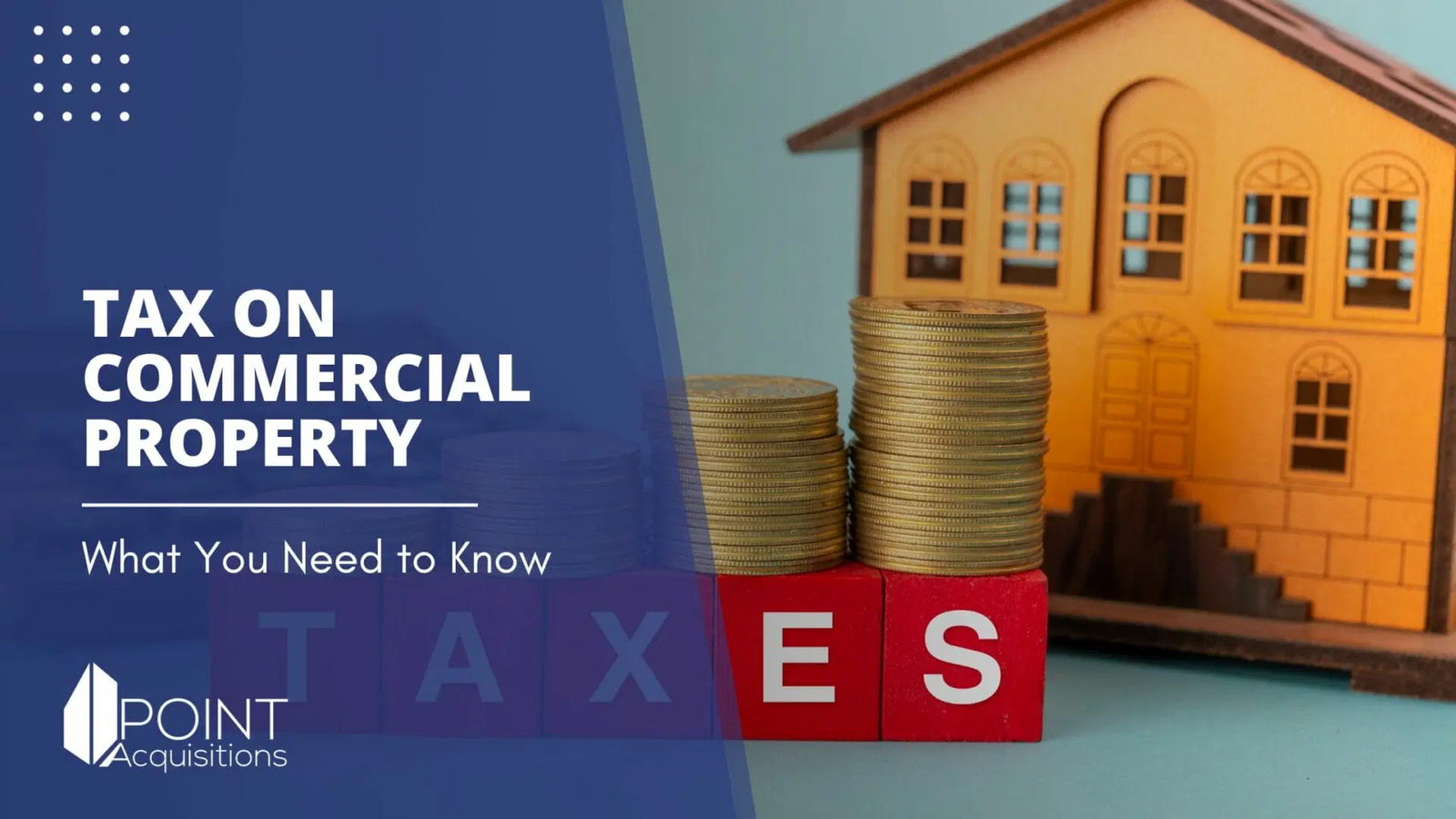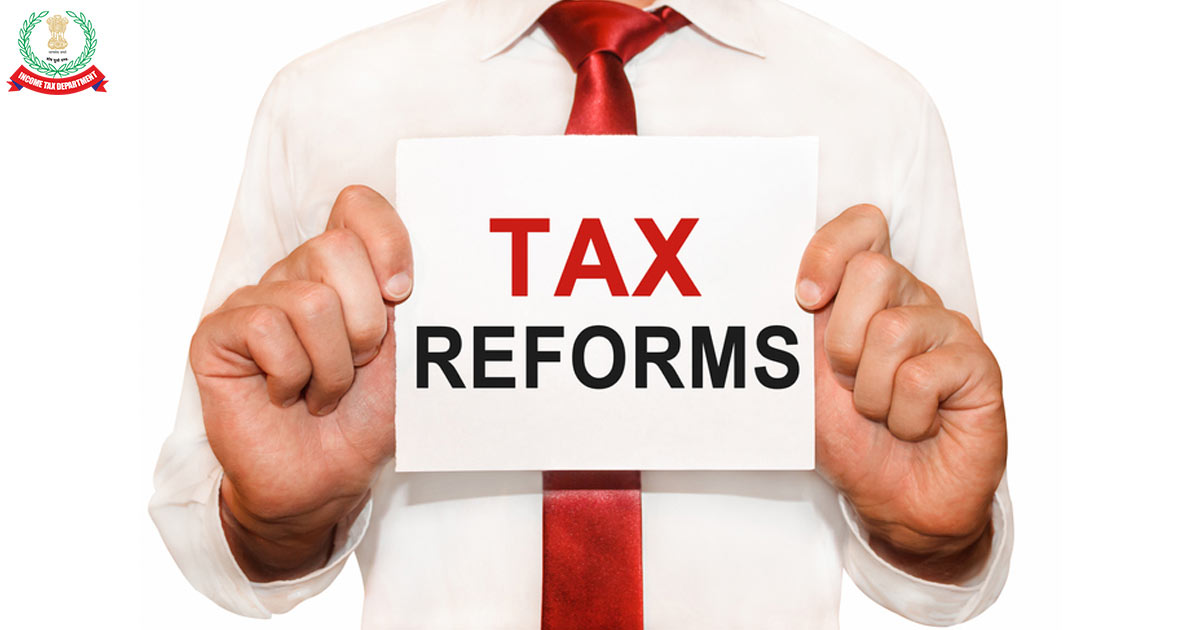Now Reading: Corporate Tax on Commercial Real Estate in the UAE: 5 Things to Know in 2025
-
01
Corporate Tax on Commercial Real Estate in the UAE: 5 Things to Know in 2025
Corporate Tax on Commercial Real Estate in the UAE: 5 Things to Know in 2025

Table of Contents
Commercial Real Estate: The UAE’s commercial real estate market, a key segment of the AED 958 billion real estate sector in 2024, grew 23.9% year-on-year, delivering 6–10% yields in areas like Dubai Marina and Downtown Dubai, per gtlaw.com.
The 9% corporate tax (CT) introduced in June 2023 under Federal Decree-Law No. 47 impacts businesses involved in commercial real estate, with non-compliance fines up to AED 500,000, per jaxaauditors.com. This article outlines five critical things to know about CT on commercial real estate in the UAE in 2025, with U.S. investor considerations, using web insights.
UAE Corporate Tax Framework for Commercial Real Estate
The UAE imposes CT on businesses engaged in commercial real estate activities, such as leasing, sales, or development, per czta.ae:
- Corporate Tax: 9% on taxable income above AED 375,000 (~$102,000); 0% for Qualifying Free Zone Persons (QFZPs) or small businesses with revenue below AED 3 million until December 31, 2026, per taxsummaries.pwc.com.
- VAT: 5% on commercial leases and sales; residential transactions are zero-rated or exempt, per shuraatax.com.
- Compliance: Federal Tax Authority (FTA) registration, seven-year record retention, and electronic filings via EmaraTax are mandatory, per hawksford.com.
- Exemptions: Individuals face 0% personal income tax, but businesses are subject to CT, per savoryandpartners.com.
5 Things to Know About Corporate Tax on Commercial Real Estate in 2025

1. Taxable Income Includes All Commercial Revenue
CT applies to all commercial real estate revenue, including rental income, property sales profits, and management fees, minus deductible expenses (e.g., maintenance, interest, depreciation), per proactfs.com. Taxable income is calculated after the AED 375,000 threshold.
- Key Point: A business with AED 3 million in rental income and AED 1 million in expenses pays AED 180,000 CT (9% on AED 2 million), impacting yields on a AED 37.5 million property.
- U.S. Consideration: Report income on Form 1120-F; deduct expenses on Schedule E, per irs.gov.
- Action: Maintain detailed financial records; consult advisors like Farahat & Co. for deductions, per farahatco.com.
2. QFZP Status Offers 0% CT in Free Zones
Businesses operating in free zones like DMCC or JAFZA can qualify as QFZPs, enjoying 0% CT on qualifying income (e.g., commercial rentals or sales) if they meet substance requirements (e.g., local office, no mainland business), per pwc.com.
- Key Point: A QFZP with AED 4 million rental income saves AED 360,000 CT, preserving 8% yields on a AED 50 million property.
- U.S. Consideration: Report income on Form 1120-F; disclose assets on Form 8938, per irs.gov.
- Action: Register with FTA; ensure free zone compliance; monitor non-qualifying income (5% or AED 5 million), per emirabiz.com.
3. Loss Carryforward Mitigates Early Losses
Businesses can carry forward tax losses indefinitely to offset future taxable income, provided shareholder ownership remains at least 50% stable, per taxsummaries.pwc.com. This benefits developers facing initial losses in commercial projects.
- Key Point: A developer with a AED 2 million loss in 2024 offsets AED 2 million profit in 2025, saving AED 180,000 CT.
- U.S. Consideration: Report losses on Form 1120-F; align with IRS loss carryforward rules, per irs.gov.
- Action: Document losses accurately; file CT returns via EmaraTax, per hawksford.com.
4. Transfer Pricing Rules Apply to Related-Party Deals
Commercial real estate transactions between related parties (e.g., parent company and UAE SPV) must follow arm’s length pricing under Article 34 of the CT Law, per lexology.com. Non-compliance risks CT adjustments and fines up to AED 50,000.
- Key Point: A AED 10 million property sale to a related SPV at 50% below market incurs AED 450,000 CT adjustment, reducing yields by 0.5% on a AED 20 million portfolio.
- U.S. Consideration: Comply with IRS transfer pricing; report on Form 5471, per irs.gov.
- Action: Prepare transfer pricing documentation for transactions over AED 50 million; engage advisors, per tamimi.com.
5. Non-Compliance Triggers Hefty Penalties

Failure to register for CT, file returns by the 9th month post-financial year (e.g., September 30, 2025, for December 31, 2024, year-end), or maintain records risks fines up to AED 500,000, per jaxaauditors.com. Late VAT filings on commercial leases incur additional penalties.
- Key Point: A business with AED 5 million income missing CT registration faces AED 450,000 CT plus AED 50,000 fines, cutting yields by 1% on a AED 62.5 million property.
- U.S. Consideration: Ensure IRS compliance to avoid penalties; file Form 1116 for credits, per irs.gov.
- Action: Register with FTA; file returns via EmaraTax; retain records for seven years, per czta.ae.
Quantitative Impact on Returns
Consider a AED 20 million commercial property yielding 8% (AED 1.6 million annually):
- QFZP Exemption: 0% CT saves AED 108,000, maintaining 8% yield.
- Loss Carryforward: AED 400,000 loss offset saves AED 36,000 CT, preserving 7.8% yield.
- Non-Compliance: 9% CT (AED 108,000) plus AED 50,000 fines reduce yield to 7.3%.
- Transfer Pricing Error: AED 90,000 CT adjustment lowers yield to 7.6%.
Key Considerations for U.S. Investors
- Risks:
- Non-Compliance: Fines up to AED 500,000 for tax violations, per jaxaauditors.com.
- Oversupply: 14,000 units planned for 2026–2029 may soften yields by 0.5–1%, per omniacapitalgroup.com.
- Costs: Compliance costs AED 10,000–20,000 annually; audit fees AED 5,000–15,000, per hausandhaus.com.
- Tax Compliance: IRS requires Form 1120-F, Form 5471, Form 8938, Form 1116, and FinCEN Form 114, per irs.gov.
- Regulatory Compliance: FTA mandates electronic filings; emirate-specific fees (e.g., Dubai’s 10% municipal fee on commercial rents) apply, per crcproperty.com.
- Currency Stability: AED pegged at 1 USD = 3.67 minimizes risk, per kaizenams.com.
Conclusion
In 2025, UAE commercial real estate businesses must understand CT’s impact on taxable income, QFZP exemptions, loss carryforwards, transfer pricing, and compliance to preserve 6–10% yields in a AED 958 billion market. U.S. investors, aligning IRS and FTA requirements, can optimize returns by partnering with firms like Hawksford or Farahat & Co. for strategic tax planning. Commercial Real Estate
read more: UAE Real Estate: 6 Tax Reforms Impacting Global Family Offices





















